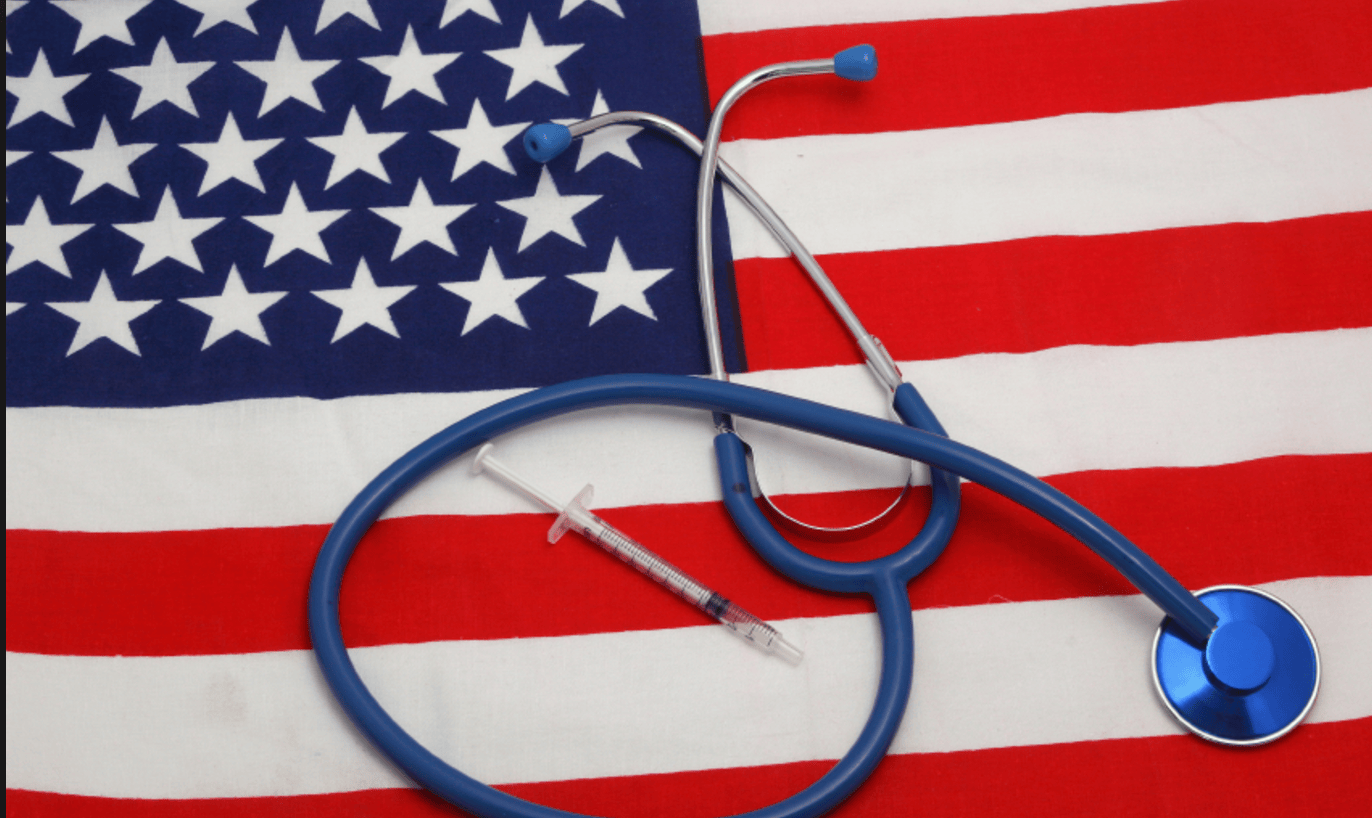
How the Government Shut Down Affects Healthcare
Key parts of the US government have been on a partial shutdown, and in the midst of its third week, long term effects are being felt in several areas. Funding for many federal agencies expired on December 22nd, like the FDA for example, where 41% of employees will be furloughed or placed on leave.
FDA Commissioner Scot Gottlieb, MD, posted a tweet stating: “I recognize the consequences of a federal shutdown to the public we serve, our employees and their families—especially during this holiday season. I know the burdens will intensify the longer there is a lapse in funding and I am doing everything possible to ease the impact.”
The Department of Health and Human Services, or HHS, released a contingency plan that outlined what the FDA can continue to do. Those items include fee-funded programs, such as generic and prescription drugs, tobacco products, biosimilars, and medical devices. In addition to any fee-funded programs, they will also continue to address any existing critical public health concerns, including drug shortages or disease outbreaks. However, in the meantime, the FDA will not be able to support any routine regulatory/compliance activities.
The shutdown also halts a bipartisan effort to pass public health legislation that would aid the government’s response to public health emergencies, according to STAT News.
Various healthcare stakeholders have responded to the partial shutdown, including the American Public Health Association (AHPA). “The administration and Congress’s inability to approve funds to keep the federal government open is unacceptable ad poses a threat to public health,” said Georges C. Benjamin, MD, executive director, APHA, in a statement.
Health services for Native Americans are also being put on hold. This is because Congress has not yet approved 2019 funding for the Indian Health Services, or IHS, which is funded by HHS but receives its funding from the Department of the Interior.
It’s obvious the government shut down has negative affects that trickle into all different areas. For the large majority of the federal government’s public health, it’s business as usual, simply because Congress has already approved budgets; however, there are still seven bills outstanding. And while the shutdown isn’t about health polices, its negative affects are showing in several areas.
You can find the full breakdown of what the government shutdown means for HHS here.



